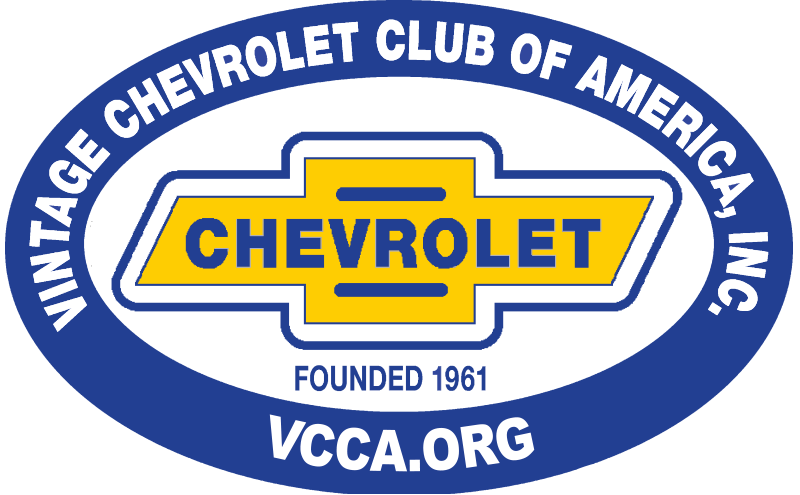I am pretty well anong with the blocking of the primer and am starting to think about the roof insert. I think I have a pretty good new structure to work with. I have some of the black rubber material that has the wormy pattern on it. I: think its usually used on Model A's. I also have the strips that go around the top material. I have read that cotton batting is better than foam material.
My plan is to glue some tyvek materal down first then 1/2 inch hardware cloth, then the cotton batting then the rubber material then the metal strips. Is there any better plan for this?
Is this the best place for a post like this. I'm new herre. Billk
@flatbill Probably the Body & Interior forum would be best. I'll move this there for you. The part of your post describing what you did today is fine here. The technical questions need to go in a technical forum. I can't help with your question because I have 0 experience with it but it looks like you're on the right path. Hopefully someone with the answer will be along soon.
7046 old site posts
Save a life, adopt a senior shelter pet
1938 Master Business Coupe
1953 210 Sedan
The key pieces in replacing the top are:
1. The slats and wood structure to support them and nail or staple to. You already have them.
2. Support between the slats so the top material does not sag showing the form of the slats. Hardware sloth was used if a radio was to be installed as it served as the antenna. Otherwise burlap or canvas or other material was laid over the slats and attached around the periphery (edges) to keep it in place.
3. A padding material was next to permit a little flexibility and "fluff" to the look. Old blanket, cotton batting or similar material will do the job. Don't make it too thick as the final look should not be puffed up just cushioned.
4. Finally the top material was stretched over the top and stapled or tacked in place. It is best to start in the middle of each side and work toward the corners. There are upholstery pliers to aid in the job but hands and fingers can work okay. The final top material needs to be taut so it resists flapping which can result in early failure. It is also best to put the material in the sun to heat it so it can be more easily stretched. Don't let it get so hot you can't touch it or pull it taut. Don't scrimp on tacks or staples. There can be a space between them maybe ~ 1/2" apart (width of a staple or so).
It is not tough to do singly but two is far better. One to stretch and the other to tack or staple.
How sweet the roar of a Chevy four
Participant on Chatter since 11/22/2001
19758 posts on the former Chatter site


